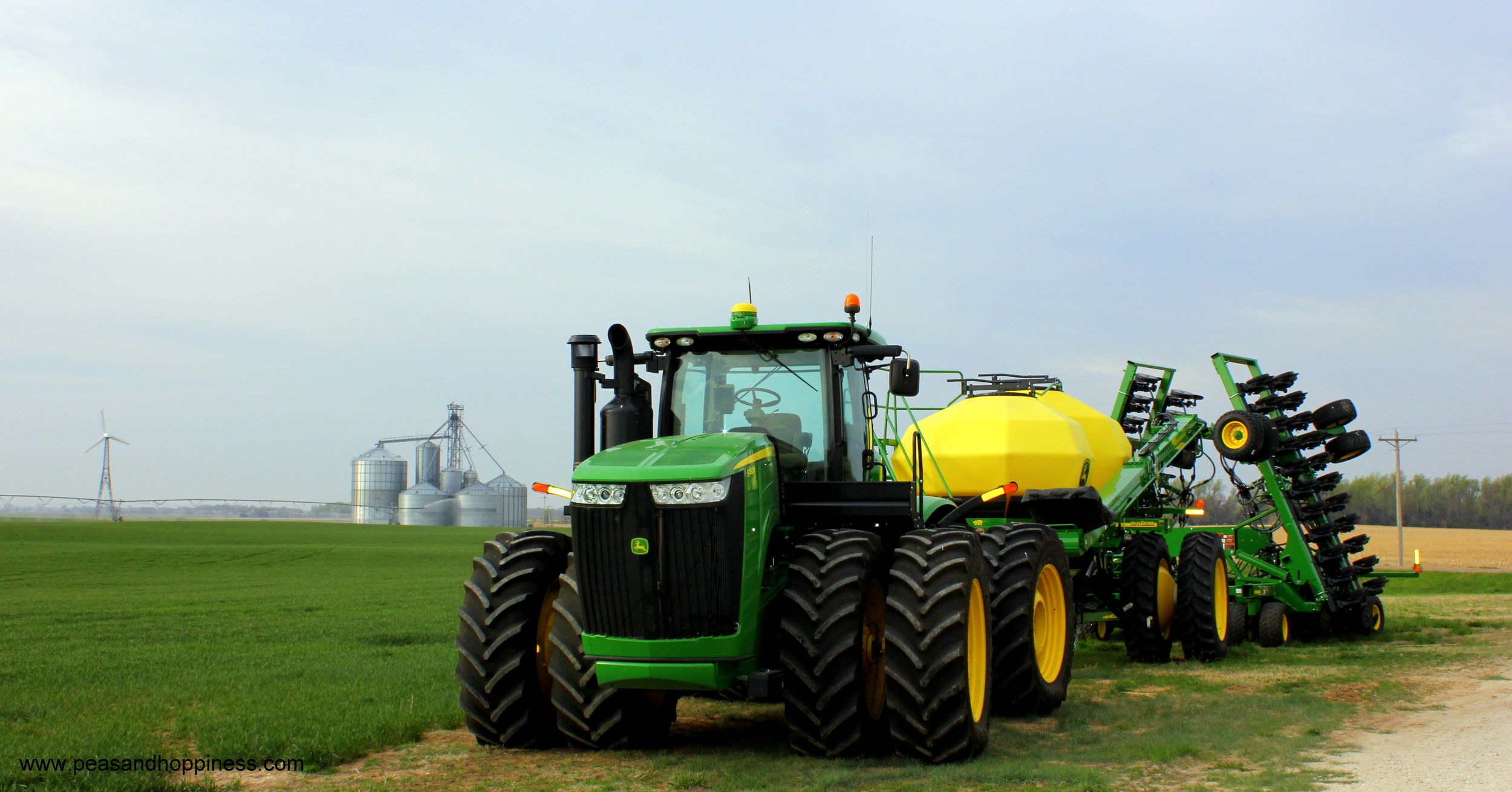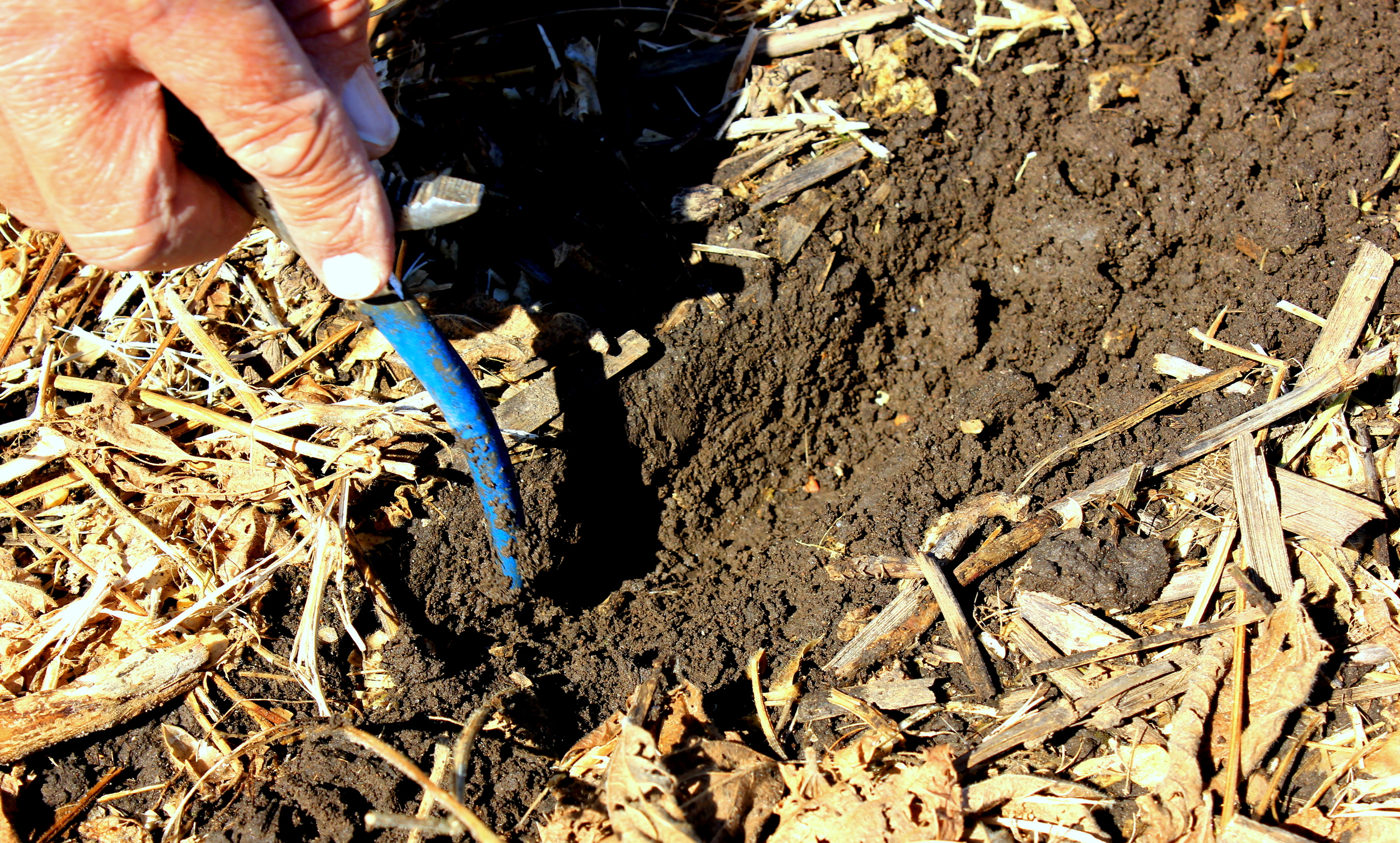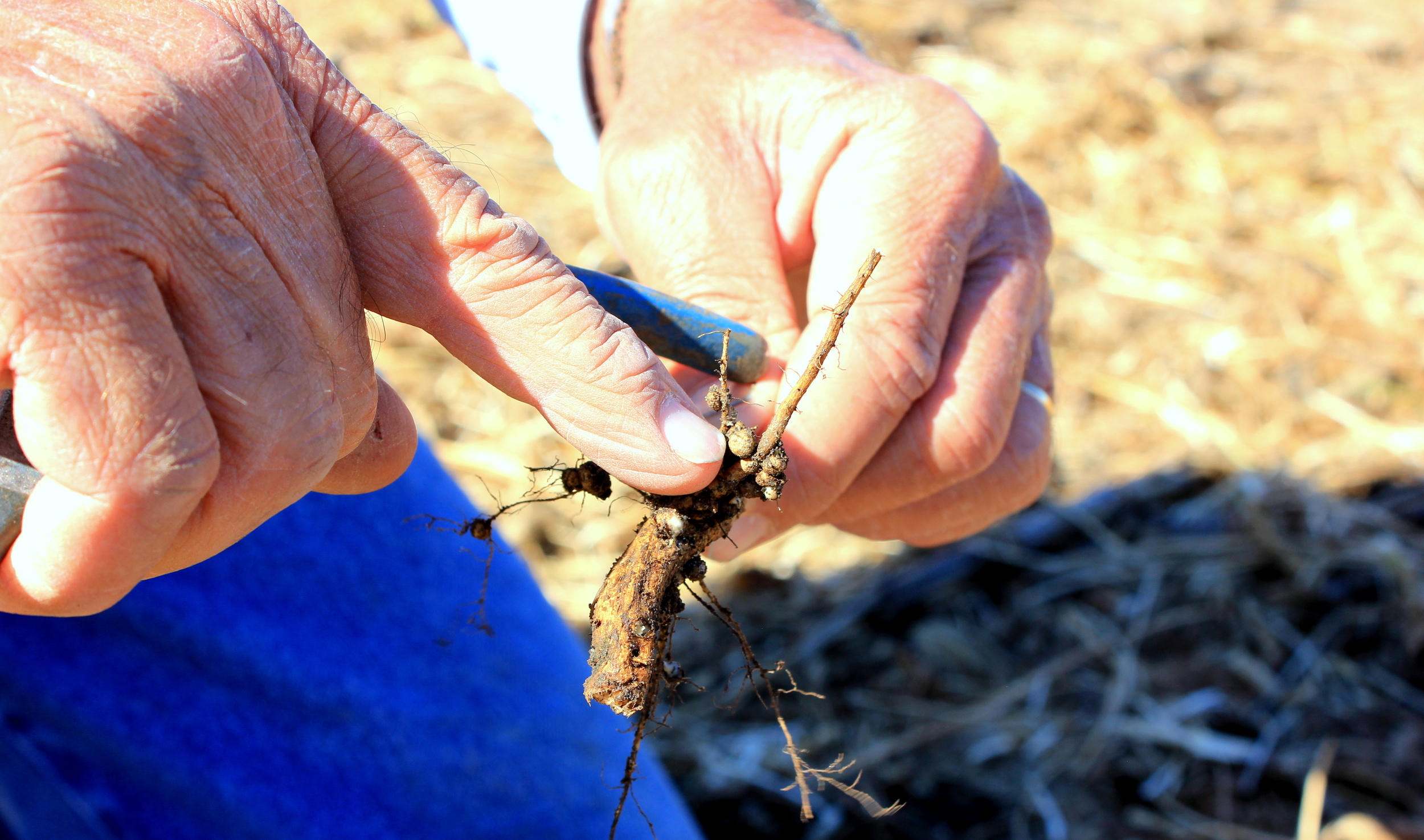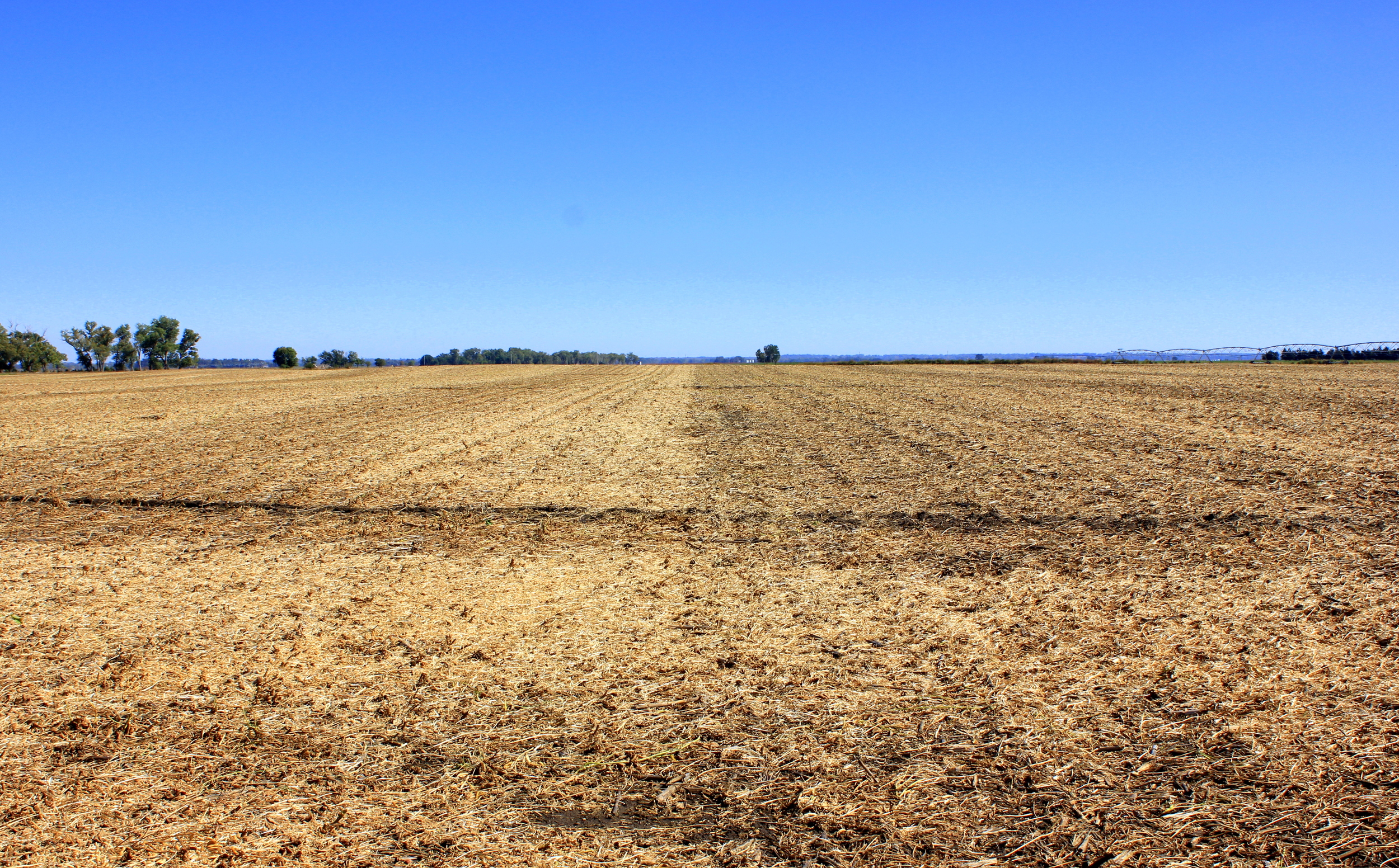In case you hadn’t noticed, winter is upon us. Snow has blanketed the fields, temperatures have dropped, and the days are short.

Getting set for the family photo… it’s cold!
So what happens on a farm when the ground is frozen? More than you’d think.
Like all the other seasons, winter is a thread in the tapestry of the life of a farm. While the planting is finished and there are no combines in the field, the soil is not dead.
Although you may think that nothing grows in the winter, this is not necessarily true. My dad follows a precise crop rotation strategy that dictate whether a field lies fallow over the winter or has winter wheat at the beginning of its growth.
Rotating crops simply refers to the order in which crops are planted season after season. For example, wheat is planted in the fall, goes dormant during the winter, grows during the spring, and is harvested in June. Double-crop soybeans are planted after the wheat is harvested, then the beans are harvested in the fall. The ground lays fallow over winter, then corn is planted in the spring.
From Native Prairie to Modern Agriculture
Before being touched by modern agriculture, the Great Plains boasted vast stretches of native grasses – hundreds or thousands of different types of species. Growing in and among each other, these plants (as well as the insects and animals that lived in, on, and around them) created their own ecosystem. The nutrients one plant needed, another part of the ecosystem provided.
While this is a beautiful, natural picture, these native pastures do not produce much food for humans. Agriculture developed as an answer to the need for more food – through breeding and selection we now have many plants that provide much more nutrition (i.e. calories).

This air-seeder plants wheat 68 rows at a time, a rate of about 30 acres per hour. This kind of efficiency is only possible when growing a single crop on a large plot of land.
Rather than grow all kinds of plants mixed together in the same field, modern agriculture separates them into large patches of similar plants – i.e. fields. A field of corn, a field of milo, a field of soybeans – but not a field of all three crops growing together.
Why are crops separated into different fields? I hope the answer is obvious. These plants all grow differently, require different nutrients (fertilizer), have different growing seasons, and are harvested in different ways. It’s not practical to plant corn and soybeans in the same field together as there is no mechanized technique that could harvest and separate the grains.
The Need for Crop Rotation
The downside to the convenience of planting large plots of the same crop is the lack of diversity – perhaps you’ve heard of how the dreaded monoculture is so harmful. Monoculture is a term referring to when a single crop is planted in a large area.
There are definitely some downsides to planting large amounts of the same crop in the same place, year after year. Rotating crops – as opposed to planting the same crop in the same place for multiple growing seasons – can offer a solution to some of these challenges.

Digging for wheat seeds (the tiny brown dots) planted after soybeans
Crop Rotation Provides Nutrients
Monoculture: Nutrients are taken from the soil, but not replenished. If corn after corn after corn is planted, a farmer must add a significant amount of nitrogen back to the soil (as fertilizer), because corn does not have the microbes that fix nitrogen.
Active Crop Rotation: While not simultaneously working together to provide nutrients for each other, planting crops in an order in which one uses less of a nutrient after harvesting a crop that used more of that nutrient can help reduce the need for added fertilizer. For example, an ideal rotation would be to plant corn (which needs lots of nitrogen) after harvesting soybeans (which have microbes on their roots that fix nitrogen).
Crop Rotation Provides Weed Control
Monoculture: Each type of plant has a specific weed “nemesis” – a weed that is particularly hard to control because it is very similar to the type of plant the farmer is trying to grow. For example, the weed rye is very similar to wheat, so using an herbicide that kills rye would also kill the wheat.
Active Crop Rotation: The more different types of crops in a rotation, the better. For example, when wheat is only planted in a field every third year, the time that the field is planted to corn or soybeans allows the farmer to use herbicides to kill rye that would have also killed wheat. Thus, when the rotation for wheat comes around again, there will be very few rye seeds in the field and the wheat will be cleaner when harvested.

Nitrogen-fixing bacteria attached to the root of a soybean plant
Crop Rotation Prevents Herbicide Resistance
Monoculture: Herbicides (chemicals that kill plants) do not kill all plants all the time. Instead, they kill one type of plant while not affecting others. If the same crop is planted year after year, the same chemical will need to be used to kill the weeds. This leads to faster adaptation of the weeds to the herbicides (herbicide resistance) and contributes to “superweeds” of which everybody is fearful.
Active Crop Rotation: If different crops are planted in different years, a variety of different types of herbicide can be used – one year glyphosate, another year atrazine. Using different types of chemicals that have different modes of action, fewer seeds will survive and prevent adaptation and resistance to certain herbicides.
Crop Rotation Conserves Water
Monoculture: Some parts of the country get plenty of rain. In most parts of Kansas, though, it’s pretty dry most of the year. Water is a precious resources, so planting high water-consuming crops year-round is not a good idea.
Active Crop Rotation: Allowing the ground to lie fallow (without a growing crop) is an important part of water conservation. While there is not a crop taking moisture from the soil, the ground absorbs and accumulates rainfall, storing it for the next crop.
The Ideal Crop Rotation
Actually, there is not one right answer. Different parts of the country – with different climates, different rainfall, and different soils – are more suited for certain crops than others. After trial and error, Dad settled on his crop rotation (wheat, double-crop soybeans, corn, milo, soybeans, double-crop wheat, repeat) in the mid-1990s. His rotation for irrigated fields is slightly different.
Dad’s rotation includes times in which the soil lies fallow. After doing on-farm research, he and Mom determined that cover crops were not good to plant in these fallow times (they caused significant reductions in yield). This is not necessarily true for farmers across the country, but it is true on their farm.

Soybean stubble (and a bit of leftover milo residue)
Please don’t misunderstand me – crop rotation is not the only thing that makes a farm successful. On the contrary; the careful farmer has an arsenal of weapons to battle pests, weeds, the elements, and the markets. Relying solely either on herbicides or crop rotation or roguing fields or buying clean seed for planting will not alone ensure a successful harvest.
Rotating crops is another important tool in that tool belt.
With love, from Peas and Hoppiness.
4 thoughts on “Crop Rotation”
Great pictures & a wonderful article!
Very interesting post, Ann! Keep them coming! I am so impressed with the detail you include in every article!
Every piece of farmed land has its own very complex ‘farmer’ engineered ecosystem managed to attain the desired results. You very well explain this.
Thanks Ann, for another glimpse into the details that you and your family and, yes, even your grandparents, have employed to make such a success of the business of farming. Recognizing the technological changes that allow for the improvements is so often behind the scenes and yet your writings bring those changes to the fore front. Thanks, Ann — Linda Shepherd — your "in town" cousin !!!